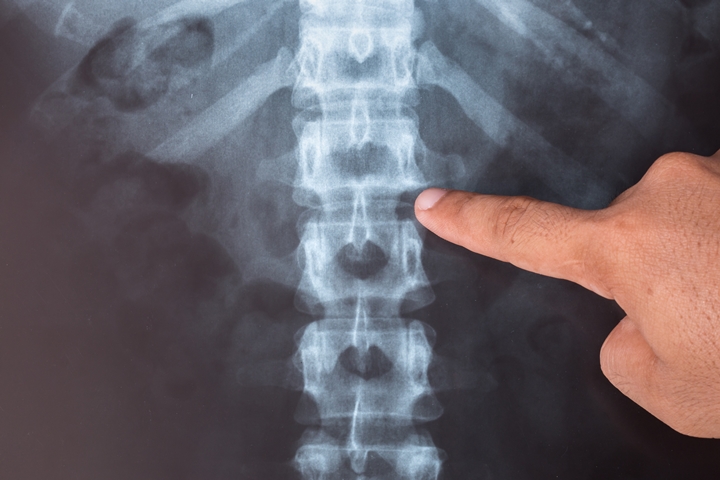
Researchers from the Johns Hopkins School of Medicine have made an important new discovery in the field of stem cell research. After performing a series of experiments using both rodents and human cells, the scientists have discovered the cellular protein signal that causes stem cells to create bone cells.
The protein, called WISP-1, could be used to promote bone regeneration and heal bone fractures faster. It could also be used to prevent bone loss due to ageing, injury, or certain chronic medical conditions that affect skeletal system. The details of this exciting discovery were recently published in the journal Scientific Reports.
One of the senior researchers involved in the project, Dr. Aaron James, said of the discovery: “Our bones have a limited pool of stem cells to draw from to create new bone. If we could coax these cells toward a bone cell fate and away from fat, it would be a great advancement in our ability to promote bone health and healing.”
Stem cells are the building blocks of the human body. They have the unique ability to transform into other kinds of cells including bone cells, brain cells, ligament cells, muscle cells, and skin cells.
Scientists have been using stem cells in a new field of medical research called regenerative medicine. This field focuses on the “process of replacing, engineering or regenerating human cells, tissues or organs to restore or establish normal function.”
Some stem cells are ‘multipotent’, which means they can turn into different types of cells. Perivascular stem cells, for example, can turn into either fat or bone cells. Multiple studies have attempted to discover the singling proteins which determine how the stem cells decide which cell develop into. The discovery of WISP-1 is a major step forward and one that will potentially lead to dozens of new treatments.
Source: Researchers discover the signal that drives stem cells to form new bones
{{cta(‘d62560c2-336a-4f88-9683-44a37a5bd7fd’)}}


